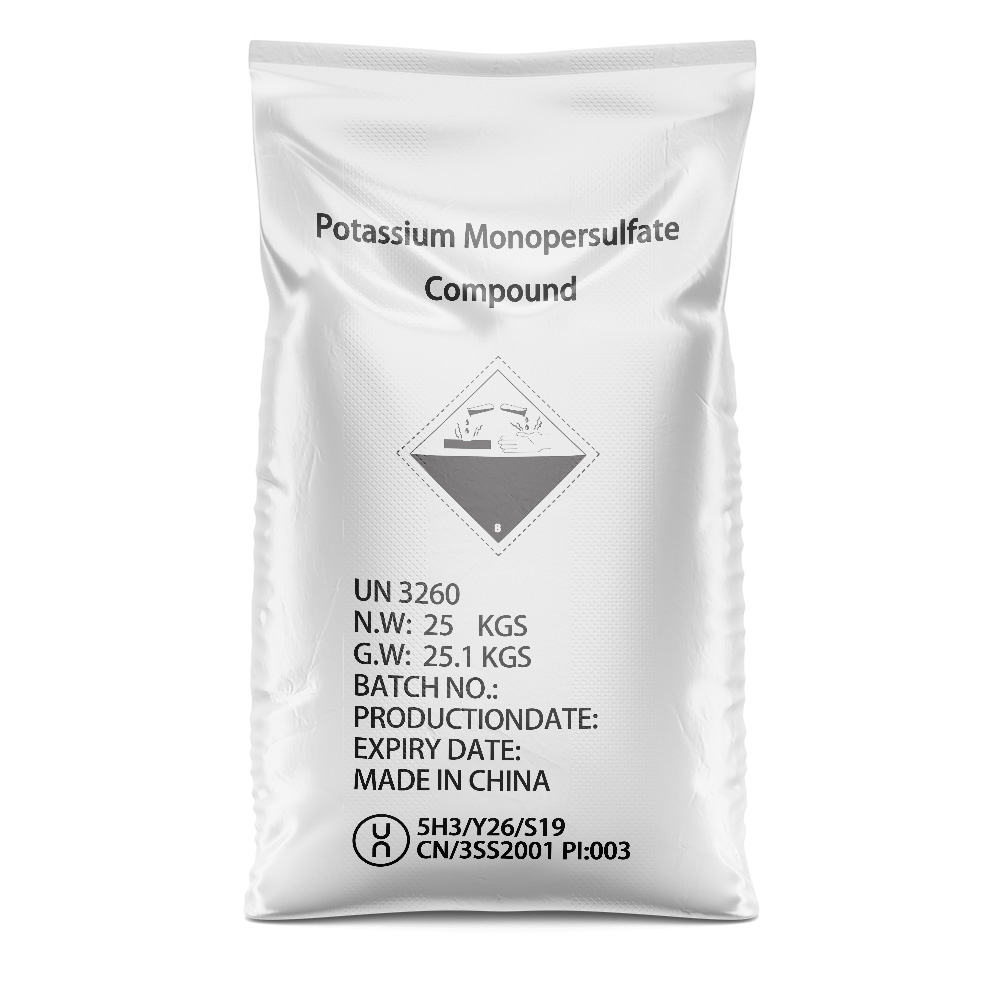



Safety Information and Handling Guidelines for Di-Ammonium Hydrogen Phosphate
Understanding the Safety Data Sheet (SDS) for Diammonium Hydrogen Phosphate
Diammonium hydrogen phosphate (DAP), with the chemical formula (NH4)2HPO4, is an inorganic compound widely used as a fertilizer, in food processing, and in various industrial applications. Given its importance and the potential hazards associated with its handling, it is crucial to refer to its Safety Data Sheet (SDS) to ensure safe handling, storage, and use. This article provides an overview of key sections of the SDS for diammonium hydrogen phosphate, highlighting the vital safety information for both users and safety personnel.
1. Chemical Identification
Diammonium hydrogen phosphate is identified by its chemical name, synonyms, and formula. The SDS will typically begin with the chemical’s identity along with its CAS number, which is 7783-28-0. This section provides users with critical information for accurate identification in a laboratory or industrial setting.
2. Hazard Identification
The hazard identification section of the SDS outlines the potential risks associated with DAP. DAP may cause irritation of the skin, eyes, and respiratory tract upon contact or inhalation of dust. Ingestion can lead to gastrointestinal disturbances. Understanding these hazards is vital to implement appropriate safety measures during its handling.
3. Composition and Ingredients
This section details the chemical composition, including the percentage of diammonium hydrogen phosphate in the product and any other materials present. Knowing the purity and potential impurities is essential for evaluating the safety profiles and environmental impact of the material.
4. First-Aid Measures
In the event of exposure, the SDS provides first-aid instructions. For skin contact, it advises washing with soap and water, while in case of eye contact, rinsing thoroughly with water for at least 15 minutes is recommended. Inhalation issues may require moving the person to fresh air. Quick reference to these measures can significantly reduce the impact of an incident.
5. Fire-Fighting Measures
Diammonium hydrogen phosphate is considered non-flammable; however, in the case of a fire, water spray, foam, dry powder, or carbon dioxide can be used as an extinguishing agent
. The SDS details suitable fire-fighting methods, as well as specific measures to prevent fire-related incidents, emphasizing the need for proper equipment and training for personnel handling DAP.di ammonium hydrogen phosphate msds

6. Accidental Release Measures
In terms of environmental safety, the SDS describes protocols for managing spills and leaks. It suggests wearing appropriate protective equipment, such as gloves and dust masks, and outlines procedures for containment and cleanup. Environmental precautions are particularly critical, given the impact of phosphate compounds on aquatic and terrestrial ecosystems.
7. Handling and Storage
To minimize risks, the SDS recommends safe handling practices, such as avoiding dust generation and using appropriate personal protective equipment (PPE). Storage guidelines emphasize keeping the material in a cool, dry place away from incompatible substances, which may include strong acids and bases.
8. Exposure Controls and Personal Protection
This section provides information regarding permissible exposure limits and engineering controls to minimize exposure. It encompasses recommendations for PPE, including respiratory protection, gloves, and goggles, to protect against potential hazards.
9. Physical and Chemical Properties
The SDS includes fundamental data such as the appearance, odor, solubility, pH, and melting/boiling points of diammonium hydrogen phosphate. These properties are crucial for understanding its behavior in different environments, especially in agricultural applications.
10. Toxicological Information
To assess health risks, the SDS includes toxicological data on the effects of exposure. Information regarding routes of exposure, symptoms of poisoning, and possible long-term effects helps users understand the health implications associated with handling DAP.
Conclusion
Understanding the Safety Data Sheet for diammonium hydrogen phosphate is vital for anyone involved in its use. The SDS serves as a comprehensive resource, ensuring that users are aware of the hazards, safe handling practices, and emergency procedures associated with this important compound. Adhering to the guidelines outlined in the SDS not only ensures compliance with safety regulations but also protects individuals and the environment from potential risks associated with chemical exposure. Proper education and adherence to SDS guidelines will promote a safer working environment when dealing with diammonium hydrogen phosphate.
-
Why Sodium Persulfate Is Everywhere NowNewsJul.07,2025
-
Why Polyacrylamide Is in High DemandNewsJul.07,2025
-
Understanding Paint Chemicals and Their ApplicationsNewsJul.07,2025
-
Smart Use Of Mining ChemicalsNewsJul.07,2025
-
Practical Uses of Potassium MonopersulfateNewsJul.07,2025
-
Agrochemicals In Real FarmingNewsJul.07,2025
-
Sodium Chlorite Hot UsesNewsJul.01,2025










